
7 laundry tips and tricks for washing clothes
While taking care of your family is always a labor of love, staring down a huge pile of laundry can be daunting. With the right tips and tricks, as well as developing a laundry routine, you can ensure your family’s favorite outfits come out consistently clean. Whether you’re just starting out or looking for ways to streamline your laundry process, these seven laundry hacks can help you get the job done quickly and correctly.
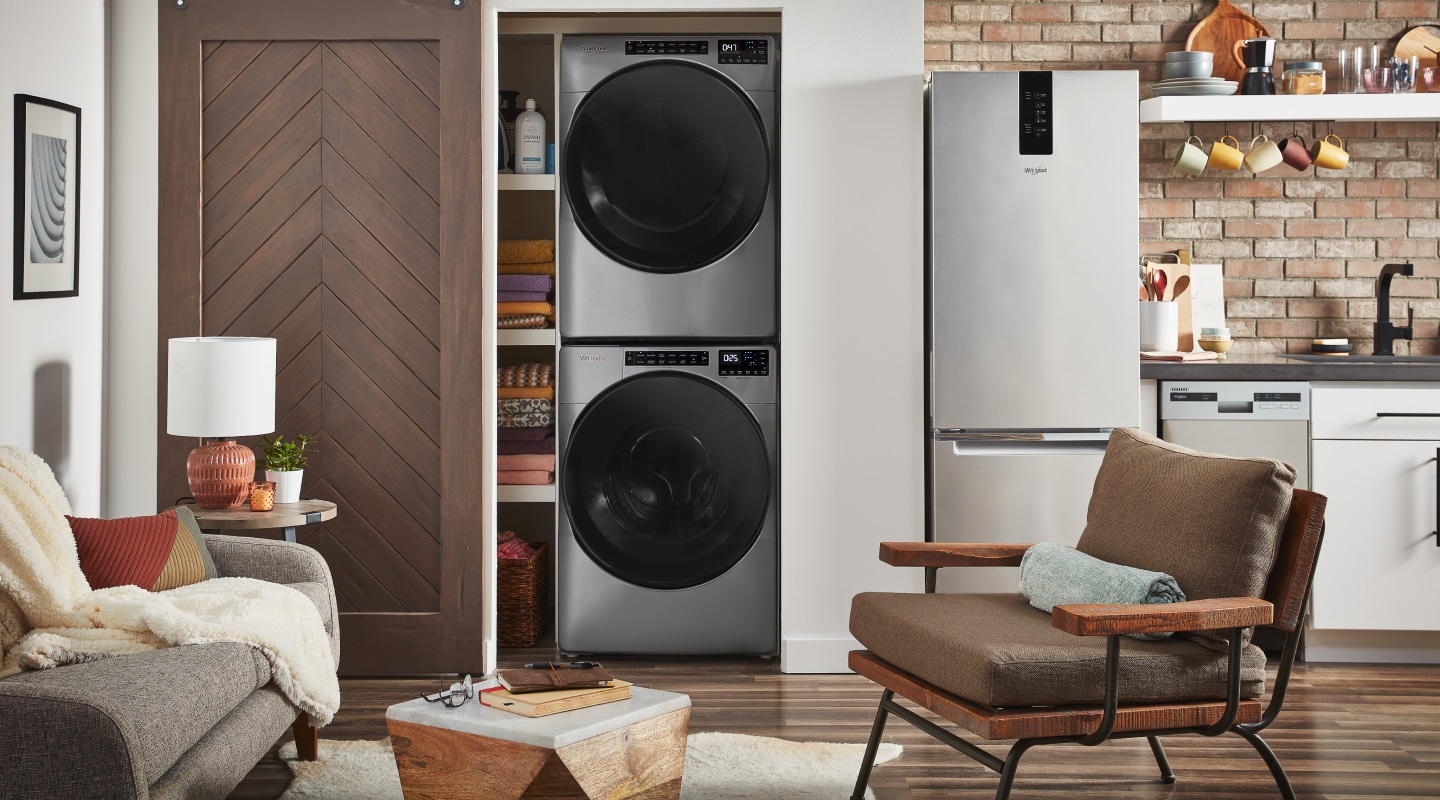
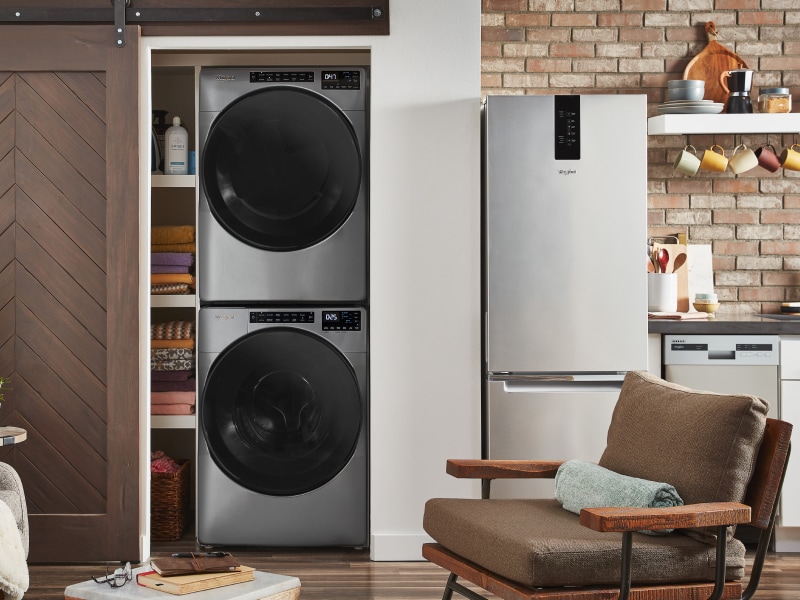
Laundry hacks and advice
Explore the following laundry hacks that help keep laundry day running smoothly. Always consult laundry care labels before washing and drying fabrics to care for each item properly.

1. Select the right water temperature
Selecting the right water temperature is essential to help prevent colors from bleeding and preserve fabrics. The best temperature depends on the color, fabric and how dirty your clothes are. For items with stains, warm water is usually the best option.
Cold water: Best for washing delicates, fabrics likely to shrink, bright or dark-colored fabrics, linens, shoes, and mixed loads. Cold water is also great for removing tough stains like hair dye.
Warm water: Use for fabrics like nylon and poly-blends, blouses, dresses, pants and fabrics that shouldn’t be ironed.
Hot water: Wash towels, sheets, heavily soiled items and pre-shrunk fabrics with hot water. Hot water can help remove stains like sweat, nail polish, makeup, grass and lipstick.
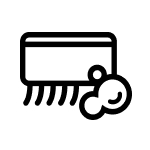
2. Prep and sort your clothes for the wash cycle
Before you put your clothes in the washer, go through each item individually and remove any loose items that can’t be washed. Then sort and separate your clothing based on fabric type and color.
Additional prepping tips:
Button all buttons and zip up any zippers to help prevent damage during the wash cycle.
When washing screen-printed or dark-colored clothes, turn each item inside out to protect their appearance.
Spots and stains like grass stains, blood stains and grease stains should be treated before clothing goes through a wash cycle.
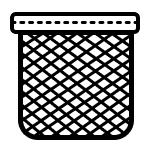
3. Use a mesh bag for delicates
If you’re washing delicates like bras and lingerie, it’s best to use a mesh bag for extra protection. Mesh bags can help protect delicate fabrics from snagging and stretching in the washer. Always clasp any metal hooks on your delicates before placing them in the mesh bag.
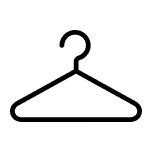
4. Hang dry your knits
Air drying is the best way to maintain fabric and form when washing delicate fabrics, denim and wool garments. It helps prevent shrinkage, fading and distortion while preserving the natural softness of the materials. Additionally, air-drying eliminates the risk of excessive heat that can damage delicate fabrics like cashmere or silk. To help prevent fading, avoid hanging your garments in direct sunlight.

5. Clean your washer regularly
Regularly cleaning your washing machine is necessary to help keep it in good condition. Washing your machine helps to remove any dirt, soap scum or other debris that may have accumulated over time. This will help to ensure that your washer is running optimally.
It is strongly recommended to clean your washing machine monthly or after every 30 wash cycles. Depending on how much you use the washing machine, it may be necessary to clean it more often. Affresh® washing machine cleaner1 is formulated to dissolve slowly throughout the wash cycle to remove residue and grime from your appliance.
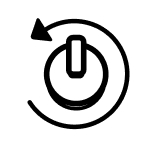
6. Choose the right wash and dry cycle for each load
The wash and dry cycle settings you choose for your load of laundry depend on the type of fabrics and colors, as well as how heavily soiled the clothes are. For example, delicates should be washed in cold water to help prevent color bleed and shrinkage, while denim should always be air-dried.
The names of cycle settings vary depending on your model, but you can use the list below as a general guide to washer settings.
Normal: For moderately soiled colors, sheets, mixed garments and linens.
Whites: Use when washing white items or heavily soiled garments.
- Delicates: Bras, lingerie, washable silks and other delicate items like blouses and slacks can be washed with this cycle.

7. Don’t let your clothes sit for too long
After the wash cycle is complete, transfer your clothes to the dryer or drying rack as soon as possible to avoid smells and reduce wrinkling. Additionally, inspect all items for any remaining stains and avoid drying any items with stains, as heat can set those stains permanently into fabrics. Always pay attention to the labels on your garments since they will indicate the best way to dry that particular fabric.
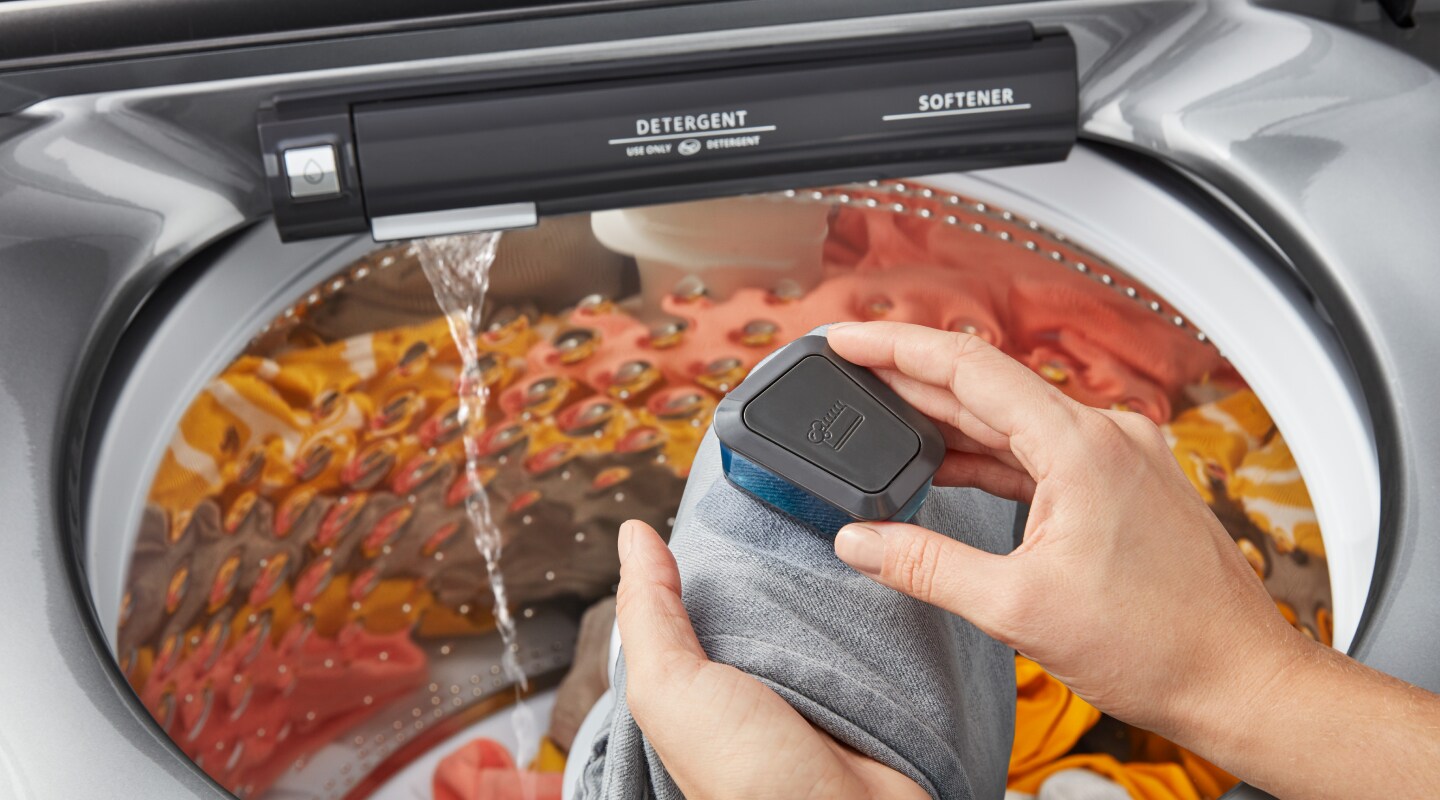

How often should you do laundry?
Your laundry schedule may vary depending on what you’re washing. Items like bras and underwear need more frequent washes than jeans and bedding. Depending on the size of your household and your family’s activities, you may want to do laundry once every other week. Large capacity washers can help you care for more laundry at once, allowing you to stretch your laundry schedule further when needed. Learn more about sustainable laundry tips and practices.

How often should you wash towels?
Towels should be washed after every three uses or so to keep them looking and smelling fresh. Towels and washcloths come into close contact with your body and absorb water with every use, and washing and drying them in high temperatures can help prevent bacteria growth.
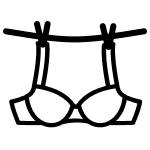
How often should you wash bras?
Bras are delicate garments that need to be laundered with care, and you should wash your bras after every two or three wears. Bras are made with fabrics that can stretch over time, so it’s important to wash them in cool water and avoid over-drying them. Always air-dry bras or lay them flat on a drying rack.

How often should you wash jeans?
Jeans can typically go longer between washes as they’re less likely to come into contact with soils and sweat. If you wear your jeans mostly indoors, you can wash them every few wears. However, you may want to wash your jeans more often if you wear them in warm weather or while working outside.

How often should you wash your sheets?
Bed sheets can quickly accumulate germs, sweat, body oils and other debris from daily use, so washing them regularly is important. To keep bed sheets crisp and clean, they should be washed at least once a week—or more frequently as needed.
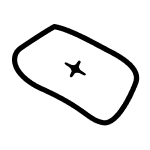
How often should you wash your pillows?
Unlike pillowcases and sheets, your actual pillows can go a little longer between washes. To help remove bacteria, oil, dirt and dust mites that build up over time, pillows should be washed at least twice a year.
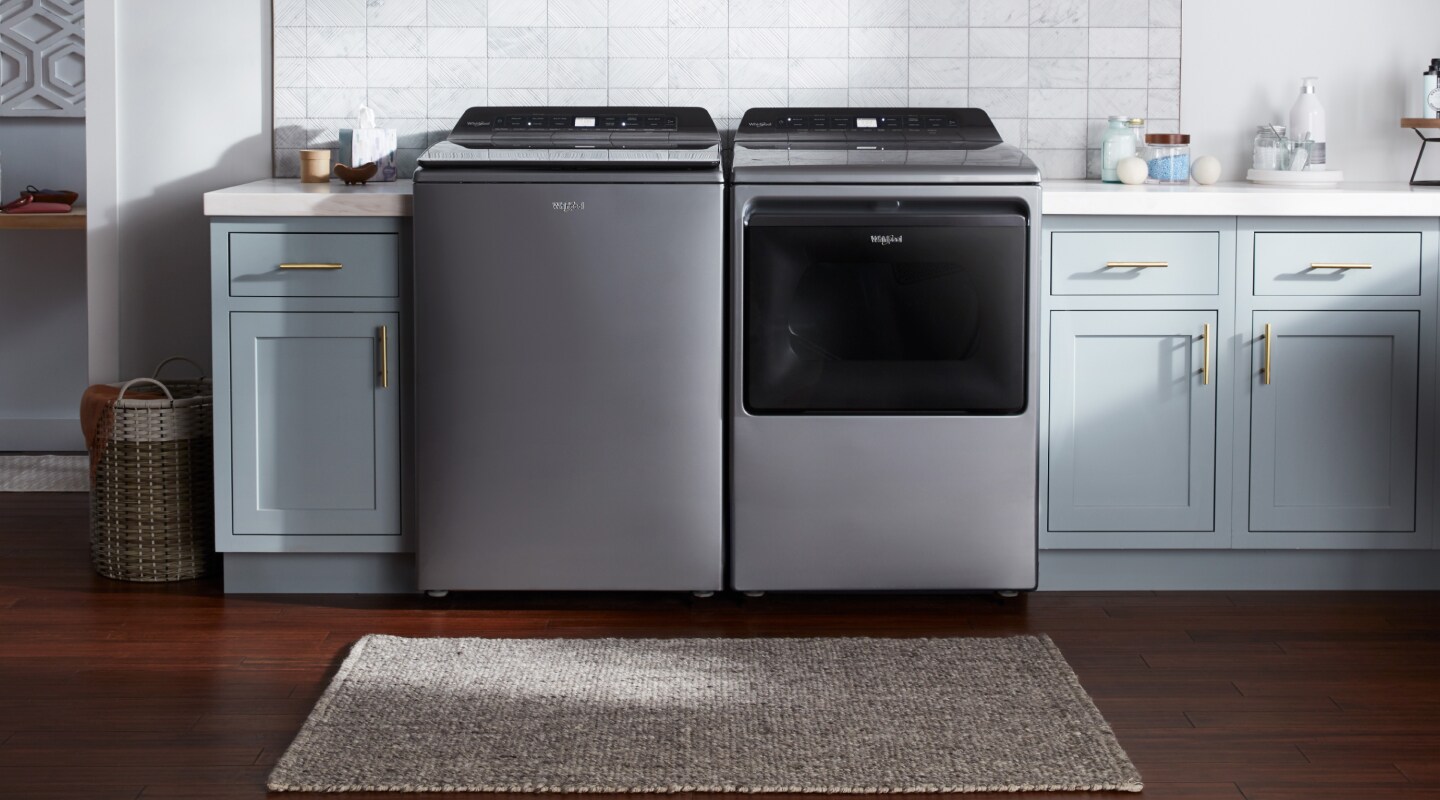

Explore Whirlpool® washers and dryers
Whirlpool® washers and dryers offer flexible ways to clean your clothes and help you keep up with your family’s laundry. Browse the entire collection of front load and top load washers as well as gas and electric dryers to find the best option for your laundry room.
Share
Explore more laundry tips from Whirlpool brand
-
 How to Separate & Sort Laundry for Washing Sorting laundry is an essential step that helps you keep your clothes looking their best. Use our guide to learn how to separate clothes for washing.
How to Separate & Sort Laundry for Washing Sorting laundry is an essential step that helps you keep your clothes looking their best. Use our guide to learn how to separate clothes for washing. -
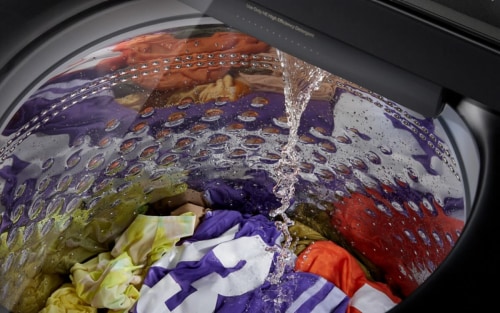 Laundry Care Symbols Explained There are so many laundry symbols to decipher. Check out this laundry care symbols guide, and learn how to read and decode laundry symbols for optimal care.
Laundry Care Symbols Explained There are so many laundry symbols to decipher. Check out this laundry care symbols guide, and learn how to read and decode laundry symbols for optimal care. -
 Laundry Settings: Washer and Dryer Cycles Explained Maximize the performance of your washer and dryer by learning which cycles work best for different types of laundry. Get expert advice on optimal laundry settings.
Laundry Settings: Washer and Dryer Cycles Explained Maximize the performance of your washer and dryer by learning which cycles work best for different types of laundry. Get expert advice on optimal laundry settings.


home heartbeat
Ready for more tips, home hacks and appliance guides?
Was this article helpful? Pass it on
1. affresh® brand products and the recommending brands’ products are all owned and distributed by Whirlpool Corporation.

